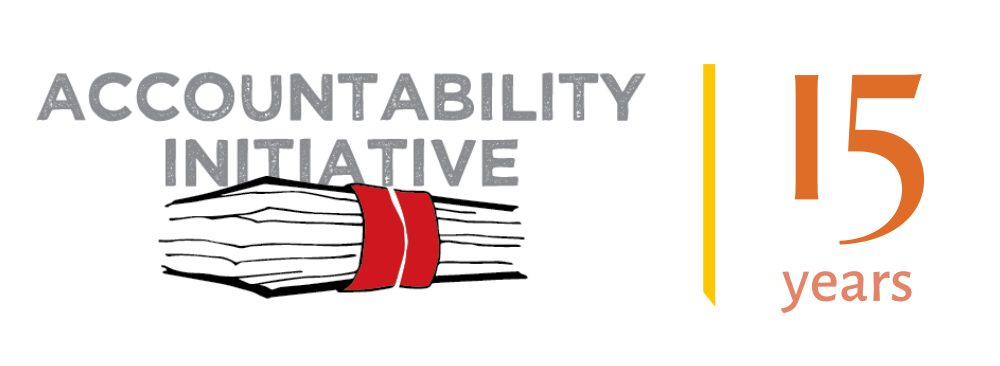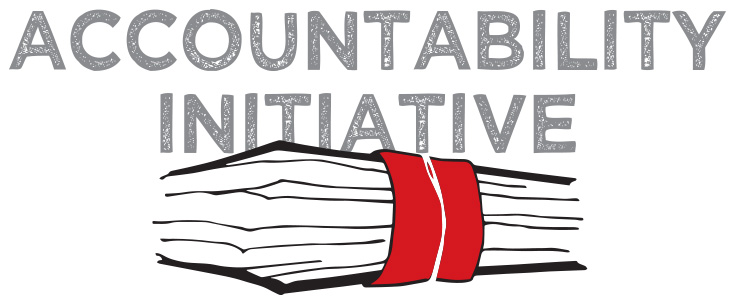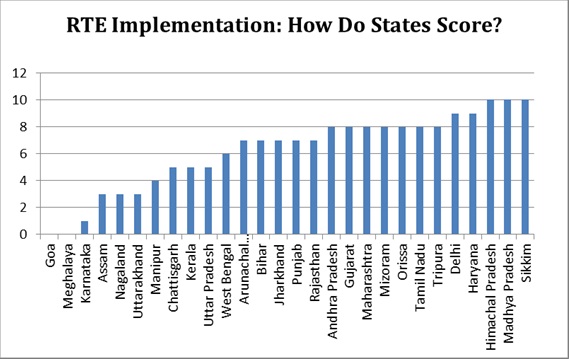Can we resolve corruption without administrative reforms? I have been struck by how silent the current debate on anti-corruption has been on the question of administrative reforms. Even the far more complex and arguably controversial issue of political and electoral reforms have found place in the debate but no one seems to be talking about administrative reforms. And yet most observers of Indian democracy would agree that the administrative structure as it exists today, the rules and structures that govern it have created a perverse incentives structure that makes accountability almost impossible. No surprise then that corruption, particularly the day to day corruption that most in India are subject to, proliferates unchecked.
In fact, I would go so far as to argue that administrative failure can stymie even the most well intentioned and well implemented anti-corruption system. This was brought home to me on a recent trip to Andhra Pradesh (AP) to study the states’ social audit system under the MGNREGA. For the uninitiated, AP is the only state in India that has institutionalized social audits (pioneered by the Right to Information movement, social audit is a citizen led process of cross verifying government records with monies spent on the ground. All audits are followed by a public hearings (Jan sunwai’s) where government officials are invited to publically respond to audit findings) in the Mahatma Gandhi Rural Employment Guarantee Program (MGNREGA). Since 2006 when the MGNREGA was launched, the state has undertaken over 1,736 audits and inspected over 50 lakh government records making AP the only state in the country to have willingly opened itself up and invited public scrutiny. Addressing corruption and improving accountability was the primary objective behind initiating the social audits. The political system beginning with then Chief Minister, YS Rajashekhar Reddy, put its weight behind the effort and in its early days this political support went a long way towards quelling political opposition to the process.
I’ve been studying this process from its early days. In 2007, my colleague Salimah Samji and I studied the effects of the process to find that social audits seemed to have a significant impact on people’s awareness levels and some positive impact on people’s perceptions of the government (the study was conducted through the World Bank. Details are available on our website at the following link). Early on, social audit champions in the state recognized that effective grievance redressal – taking strong action against errant officials – was the key to making social audits a strong anti-corruption and accountability tool. After many experiments, in early 2010 a vigilance structure was introduced headed by a vigilance officer (a retired civil servant) at the state level and supported by a district level vigilance officer. The vigilance officers only responsibility is to follow up on issues that emerge out of social audits, ensure recovery (the official term for recovering corrupt money) and ensure errant officials are brought to book.
What did we find? The good news first. Social audits have been an extremely effective vehicle to bring out corruption and maladministration. All officials we spoke to (even those that critique the system) attested to this. What was interesting was that everyone felt that the public nature of the audit and the fact that through the public hearing officials have to respond to social audit findings are a very powerful tool to bring out such problems. And the figures prove it. According to the latest data social audits have resulted in unearthing corruption worth over Rs. 100 crore! And better still the process enables auditors to pin point responsibility to specific officers. We analyzed social audit data from 13 districts in the state to find that the top 5 officials responsible for most issues unearth include: Field Assistant (38%), Branch Post Master (11%), Additional Program Officer (8%), Technical Assistant (6%) and MPDO (5%). The top nature of complaints found in the social audits include: fraudulent muster rolls (14%), misappropriation of funds (11%), wages not paid (5%) and delay in payments (3%).
But the problem is that very little happens after that. Only 25% of the total money identified as money lost to corruption has actually been recovered. And even fewer officials have been held to account. We analyzed data on irregularities committed by officials and action taken to find that out of 19,488 officials who have been identified as having committed irregularities, action (dismissal, inquiries, suspension) has only been taken on 9,809! This, despite a vigilance structure that has both senior politicians and bureaucrats supporting it.
The problem does not lie so much with the social audit process. The social auditors seem to be doing their job fairly well- the very fact that these issues are brought out in the public domain is an indicator of that. The problem does not even lie with the vigilance structure as such – it has all the right ingredients including a senior, official who operates with a high degree of autonomy. The problem lies with the administrative system within which the process operates.
Consider this. At the mandal level the chief implementing officer for MGNREGA is the Mandal Parishad Development Officer (MPDO). The MPDO reports to the Panchayati Raj department-PRD (separate to the Rural Development Department that implements the program). As the key implementing official at the mandal level (the last mile implementation point), the MPDO is not just powerful but also responsible for all action taken based on social audit findings. At the district level the program is managed by a Project Director (PD), accountable to the Rural Development Department (RD). The PD presides over the social audit public hearing and takes decisions on actions to be taken. But when it comes to the MPDO, all the PD can do is send a recommendation to the Panchayati Raj Department (PRD) for removal of an MPDO. Senior officials in RD, the department to whom the PD is accountable to, have no authority over the PRD and thus can do nothing if PRD chooses not to take action against MPDO’s.
It gets more complicated. Our analysis finds that the Branch Post Master (responsible for MGNREGA payments at the post office) is often implicated in corruption cases during the social audits. But the Branch Post Master (BPM) reports to the postal service that is outside the disciplinary purview of the MGNREGA officials. Thus, just as in the case of the MPDO, the only action that a PD can take against an errant BPM is to recommend that the Superintendent Post Master (SPM) take action against him or her. The list goes on!
No surprise then, that the social audit is not as effective as it could be in curbing corruption. The problem is that the MGNREGA (and any other government scheme) is being implemented through an administrative structure that is simply not designed for accountability. Departments function in vertical silo’s, multiple agencies get involved in undertaking and implementing programs each with different reporting structures that operate parallel to one another, this results in confusion and often roles and responsibilities overlap enabling each level of the system to pass the buck on to the other. Given the loopholes, no grievance redressal system will be good enough. Building anti corruption systems into a leaky pipe requires a systematic approach that both plugs the leaks and also creates disincentives for corruption through a system of strong enforcement measures. The current anti corruption debate, especially the debate on the Lok Pal, is focused almost entirely on the question of anti enforcement measures and little attention has been paid to the larger question of the leaky pipe itself.
And so it comes back to administrative reforms. The sad truth is that none of this is new and we even have a menu of solutions. In 2005, the UPA government appointed the second administrative reforms commission which over a period of 4 years came out with 11 thick volumes of analysis and recommendations for administrative reforms. Like most committees these reports are gathering dust and the idea of administrative reforms has faded from public discourse. If we are serious about anti-corruption then we need bring administrative reforms back in the debate.




